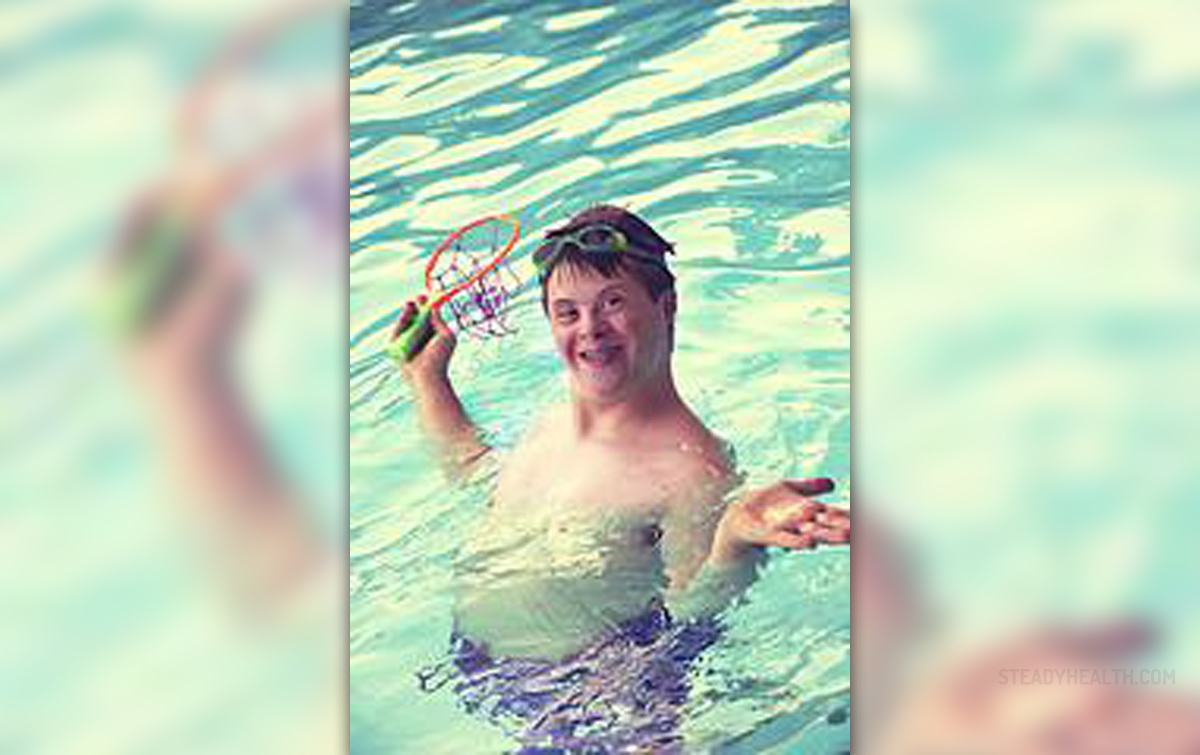
Trisomy 21 is a genetic disorder many people know as Down syndrome. Since this is a genetic condition, it is associated with certain changes in chromosomes. In fact, people with this syndrome have an extra copy of chromosome 21 and instead of two chromosomes, one from the father and the second from the mother they have three 21st chromosomes (hence the name trisomy 21).
Healthy people have 23 matched pairs (46 in total) of chromosomes. These chromosomes determine development of our body, the way we are going to look and our mental characteristics as well. In people suffering from Down syndrome there is an extra copy of chromosome 21, causing certain physical and mental characteristics and also some developmental problems.
Different Forms of Down Syndrome
Scientists do not know the exact cause of this syndrome but they were able to identify several forms of this genetic condition. Trisomy 21 is characterized by an extra chromosome 21 in every cell of the body. This is the most common form of Down syndrome, present in 95% of all patients.
Mosaic Down syndrome is rare and occurs in just 1 to 2% of Down syndrome patients. Some of the cells in the body have extra copy of 21st chromosome, while other cells have normal number of chromosomes. Physically, these patients do not have so obvious characteristic of Down syndrome and their intellectual development is less disabled than in trisomy 21.
Translocation Down syndrome is yet another rare form of this syndrome, responsible for 3 to 4% of all Down syndrome cases. This form can be inherited from one of the parents and that is why doctors usually advise genetic counseling prior to pregnancy to high risk parents.
Down Syndrome Characteristics
Several physical characteristics are associated with Down syndrome. People suffering from this genetic problem usually have round face and flat profile, followed by slight upward slant of the eyes, white patches on the edge of the iris of the eye (known as Brushfield spots) and also small fold of skin on the inside of the eye (called epicanthic fold). This syndrome can also be recognized in babies, where it causes low birth weight and tends to affect the size of the baby. Children suffering from this syndrome grow slowly than the rest of kids of their age and even as adults they usually remain smaller than other people around them.
Regarding the developmental activities such as smiling, sitting up, crawling, walking and talking, babies with Down syndrome do reach them, but with certain delay. In most cases, these kids need more time to develop their speech and language than healthy children.
People with this syndrome need support and help to achieve their potential. However, how much help they will need depends on the specific person and the areas where he or she needs help. Regardless help, people with Down syndrome are able to participate in their communities.



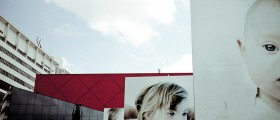
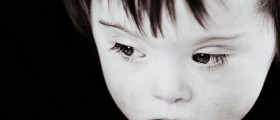



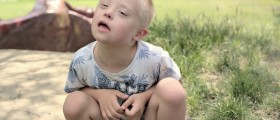


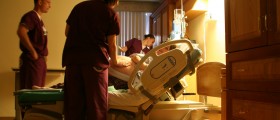



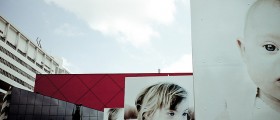
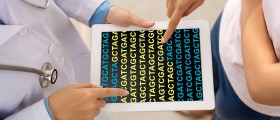
Your thoughts on this
Loading...